From Ancient Egypt to the 16th Century: The Birth of Miniature Worlds
The history of dolls houses spans millennia. Indeed, it begins in ancient Egypt. Where small model houses were crafted as offerings for the deceased. In particular, these intricate models, often of clay or wood, brought comfort to the departed in the afterlife.
Fast forward to the 16th century, and a significant shift occurs. In Europe, especially among Renaissance aristocrats, dollhouses became extravagant displays of wealth and craftsmanship. Being commissioned as opulent status symbols, they showcased artisans’ skills in creating tiny, luxurious furnishings and interiors. Markedly, European “baby houses” were intricate cabinet display cases resembling rooms. They featured detailed furnishings and accessories and were exclusively for adults. The term “baby” referred to their scale, not the audience. These cabinets were off-limits to children, serving as prized possessions for wealthy matrons in Holland, England, and Germany, rivalling the value of full-size houses when fully furnished.
These early dolls houses weren’t traditional toys. Truly, they were ornate collectibles and symbols of opulence. Take, for instance, the Nuremberg Dolls’ House, crafted for the Duke of Bavaria in 1512. It featured working doors and furnishings made of precious materials, a masterpiece of extravagance.
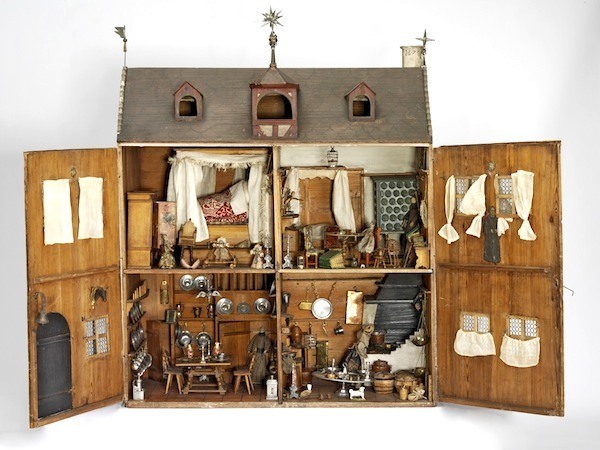
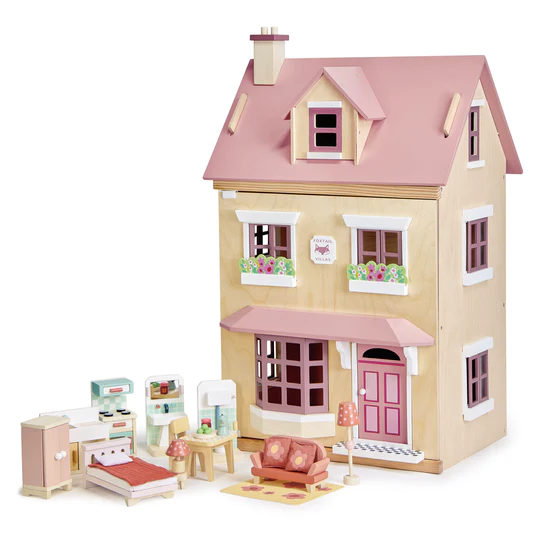
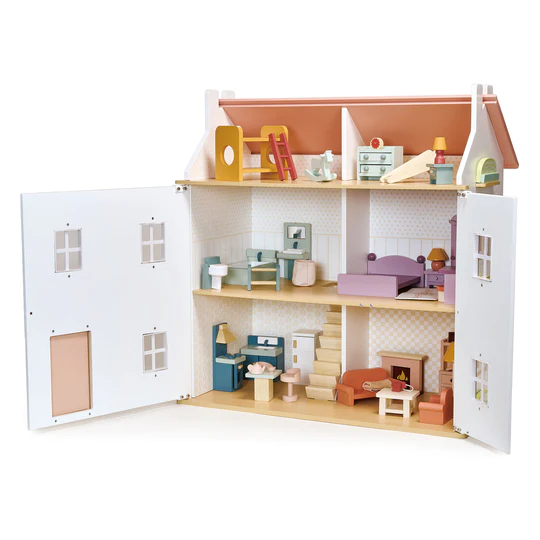

The 18th Century: A Flourishing of Miniature Worlds
In the vibrant 18th-century European scene, intricate, lifelike dollhouses like the Tate house burst onto the stage. Both treasures of beauty and practical tools of education, reflecting the unique lifestyle of the time, these miniatures were inspired by real 18th-century homes.
These were no ordinary dollhouses; they were ingeniously designed to be disassembled into sections, catering to the globe-trotting ladies of the era. As lengthy coach journeys and extended visits were common, these dollhouses became indispensable travel companions. They were the objects of immense pride for their owners. Who relished the process of adorning them with carefully chosen wallpapers and exquisite furniture. Occasionally, children were permitted supervised playtime with these captivating miniatures. Guests, in a gesture of gratitude for their hostess’s warm hospitality, frequently brought tiny silver treasures. Like kettles and salt containers to enhance the dollhouse’s charm.
But these dollhouses weren’t just for show. During the 18th century, dolls’ houses also took on an educational role. They became practical tools for instructing young girls in household management and domestic skills. These miniature homes were equipped with tiny furniture, utensils, and household items, providing girls with hands-on lessons in efficient homemaking.
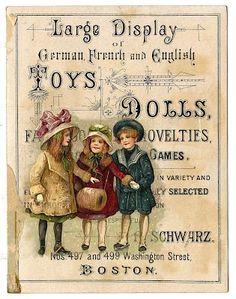
The 19th Century: Dolls’ Houses Go Mainstream
Moving into the 19th century, dolls’ houses underwent a transformation, becoming more accessible to the general public. In effect, mass production techniques drove affordability, and these miniature homes swiftly gained popularity as children’s toys. No longer confined to teaching domestic skills, they evolved into instruments of imaginative play.
These dolls’ houses were no longer the exclusive domain of adults. But were readily available in toy shops and from street vendors. While they might have lacked the intricate craftsmanship of their predecessors, they were filled with practical items. Made of copper and pewter and constructed from economical materials like pine. While a few aesthetically pleasing dolls’ houses for adults remained, the focus shifted towards meeting children’s basic needs. By the century’s end, you could even order dolls’ houses from mail-order catalogues. Or find them in department stores, signifying a significant transformation in the toy industry.
Debates surrounding the educational value of dolls’ houses raged throughout the 19th century. Some saw them as valuable tools for learning through play, while others argued that they stifled a child’s imagination. Nevertheless, dolls’ houses played a prominent role in children’s books and magazines, both in fictional stories and real-life accounts. These miniature worlds served as stages where children could explore concepts such as play, domesticity, ownership, family values. Together with the emerging middle-class consumer culture, making them a dynamic and educational aspect of Victorian childhood.
Queen Mary’s Dolls’ House: A Miniature Marvel of the 20th Century
Fast forward to the 20th century, and we encounter a legendary dolls’ house: Queen Mary’s Dolls’ House. Since this remarkable creation, commissioned by Queen Mary of the United Kingdom in the early 1920s and completed by 1924, is a true masterpiece.
Designed by the renowned architect Sir Edwin Lutyens, this dollhouse isn’t just a scaled-down replica of a grand home; it’s a fusion of art and engineering. Similarly, Queen Mary’s Dolls’ House showcases exquisite craftsmanship. Notably, featuring fully functional plumbing, electricity, and even a wine cellar stocked with real miniature bottles of wine.
This miniature wonder isn’t just a testament to the craftsmanship of its time; it’s also a symbol of the enduring allure of dollhouses. Today, Queen Mary’s Dolls’ House is proudly exhibited at Windsor Castle. Where visitors can marvel at its intricate details and impressive scale.
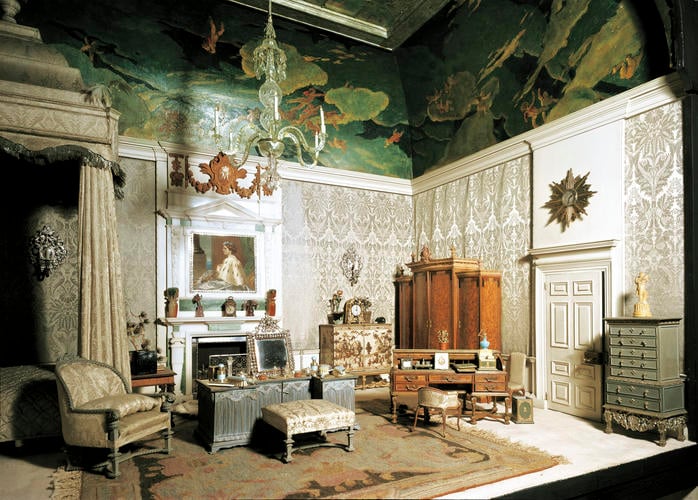


The Educational Benefits of Dolls’ Houses
Throughout history, dolls’ houses have offered various educational benefits to children:
- Fine Motor Skills: Playing with miniature furniture and arranging tiny items inside a dolls’ house requires precise hand-eye coordination. Thus, helps children develop fine motor skills.
- Creativity and Imagination: Dolls’ houses serve as blank canvases for imaginative play. Children can create stories, role-play scenarios, and invent entire worlds within the confines of these miniature homes.
- Social Skills: When children engage in pretend play with dolls’ houses, they often do so with friends or family members. This social interaction fosters the development of communication and cooperation skills.
- Problem-Solving: As children arrange furniture and solve spatial puzzles within the limited space of a dolls’ house, they engage in critical thinking and problem-solving.
- Cultural and Historical Understanding: Dolls’ houses often reflect the architecture, decor, and lifestyles of the eras in which they were created. They can serve as historical and cultural artifacts, introducing children to different time periods and ways of life.
- Math and Measurement: Measuring and fitting furniture within the miniature space can help children grasp basic mathematical concepts. Such as size, scale, and proportions.
- Emotional Expression: Dolls’ houses provide a safe space for children to explore and express their emotions through play. They can act out scenarios, practice empathy, and process their feelings.
Modern Dolls’ Houses: Tradition Meets Technology
In the 1940s, dollhouses made a leap into affordability and durability with the introduction of colourful plastic materials. Post-WWII, they became highly interactive, featuring functional doors, drawers, and even spinning washing machines.
The 1960s to 1990s marked a dollhouse boom, with diverse designs and global production. They served as educational tools, teaching kids about household life and sparking imaginative visions. Today, dollhouses come in various forms, from suburban homes. Like the innovative Contemporary House to treehouses, offering endless creative possibilities.
In today’s digital era, dolls’ houses have seamlessly integrated modern tech. Like LED lighting, miniature electronics, and 3D printing. Additionally, these innovations enrich the educational experience. By introducing kids to STEM concepts and digital skills, all while preserving the fundamental benefits of imaginative play and creativity.
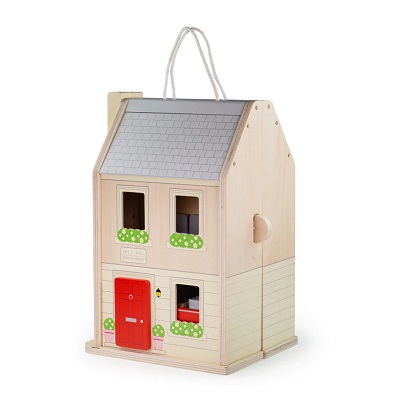
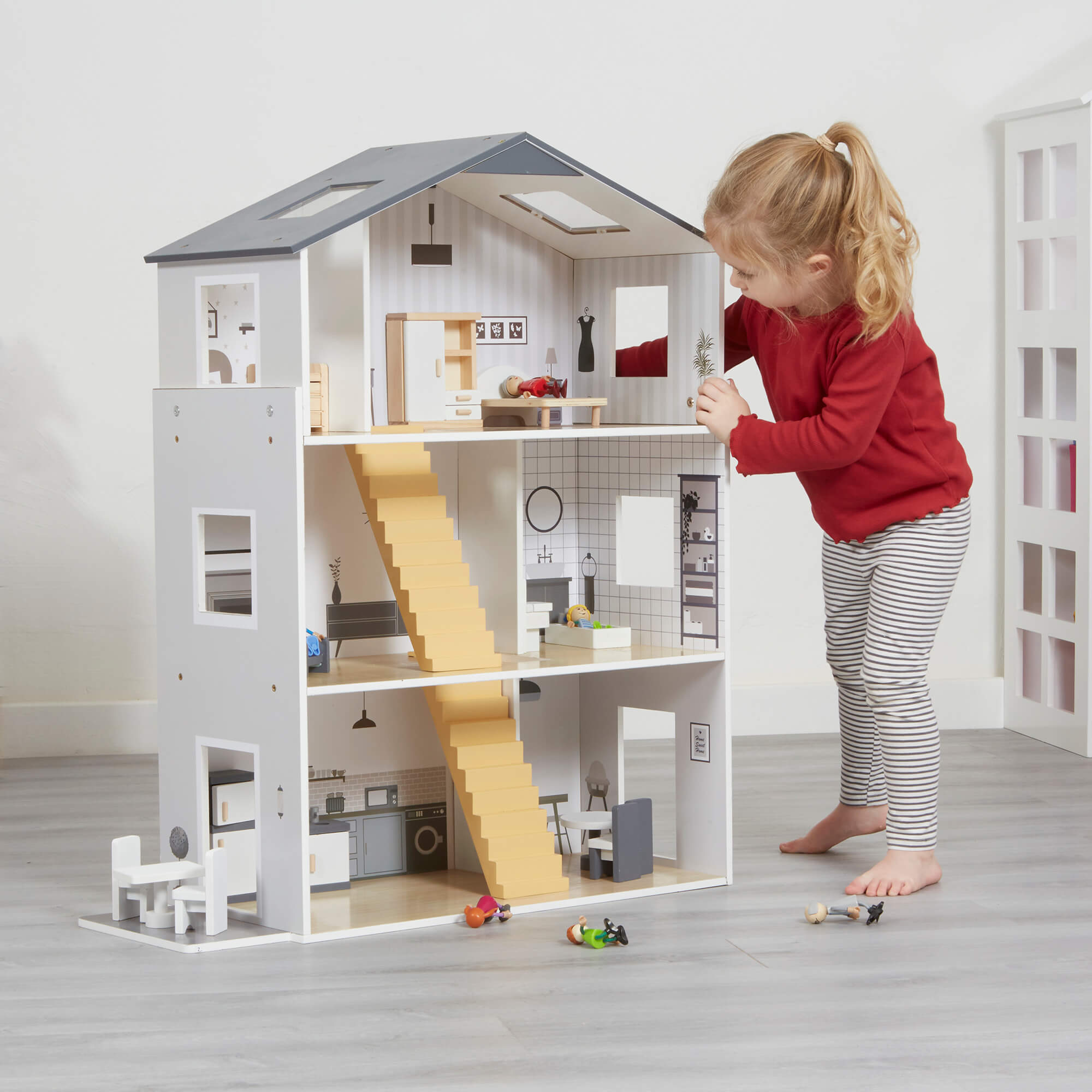
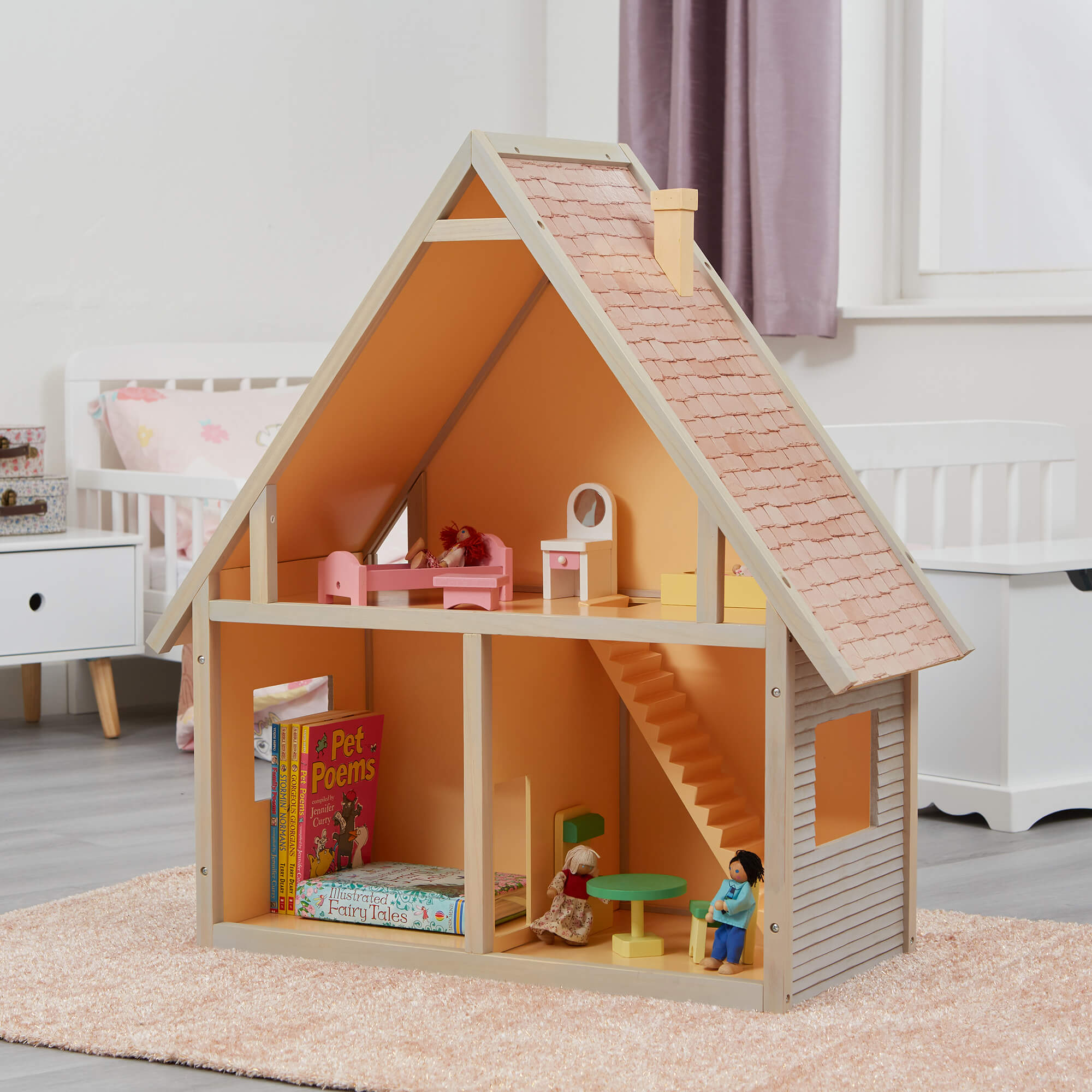
The V&A Museum of Childhood Exhibition
For those keen on delving into the rich history of dolls’ houses, London’s Victoria and Albert Museum (V&A) of Childhood offers an enchanting exhibition. Here, the dollhouse collection has been ingeniously reimagined into a captivating street scene. Significantly, it beckons you to wander amid a diverse array of miniature homes, some now boasting interactive surprises. For this reason, this remarkable exhibition not only traces the historical evolution of dolls’ houses. But also celebrates their timeless appeal as educational tools and wellsprings of imaginative play.
Conclusion
Dolls’ houses have come a long way from their origins as elite status symbols. To becoming cherished educational toys for children of all backgrounds. Certainly, their history, from ancient Egypt to the opulent Queen Mary’s Dolls’ House and the modern innovations of today, illustrates their timeless value in fostering creativity and imagination. Together with fantastic learning in the young minds that explore them.
